51+ Sample Engagement Letters
-
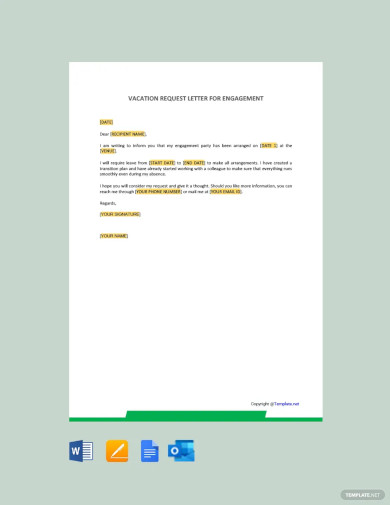
Free Vacation Request Letter for Engagement Template
download now -

Sample Engagement Letter
download now -
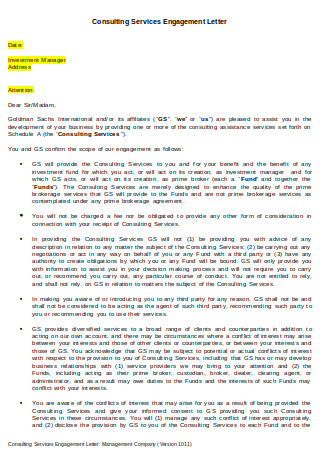
Consulting Services Engagement Letter
download now -

Engagement Letter
download now -
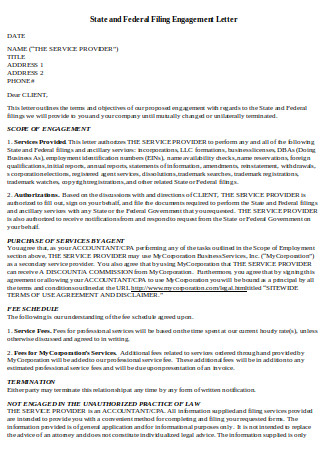
State and Federal Filing Engagement Letter
download now -
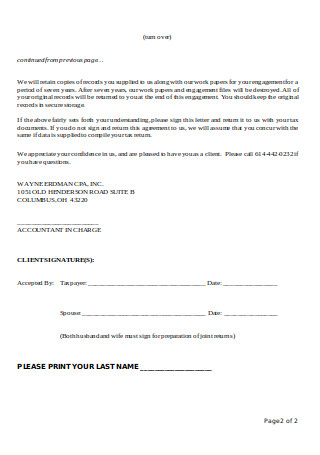
Client Engagement Letter
download now -
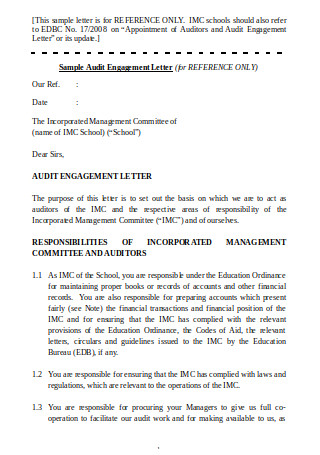
Sample Audit Engagement Letter
download now -

Illustrative Audit Engagement Letter
download now -
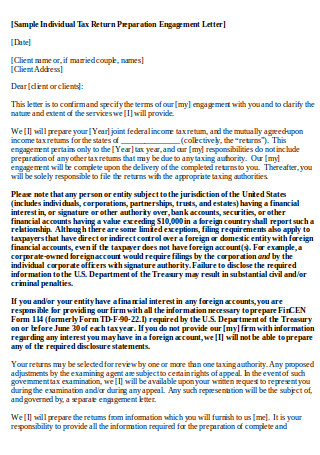
Tax Return Engagement Letter
download now -
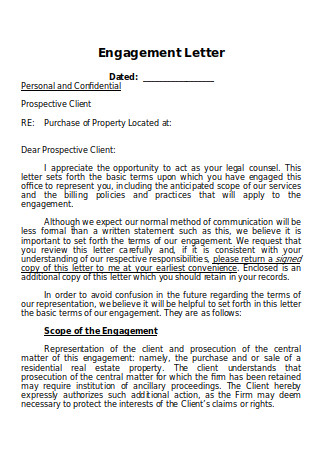
Buyer Engagement Letter
download now -
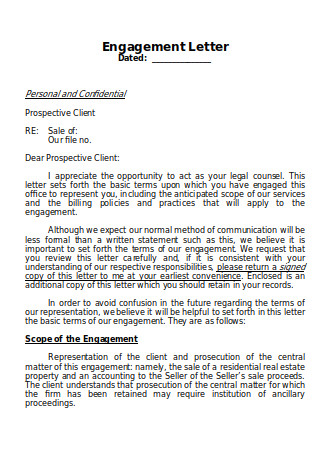
Seller Engagement Letter
download now -
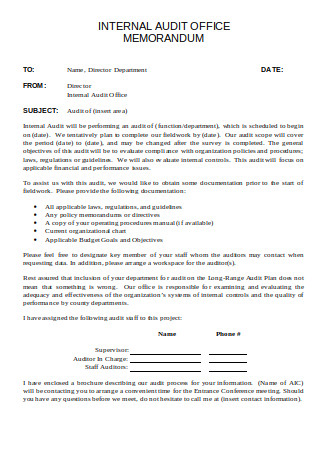
Internal Audit Engagement Letter
download now -
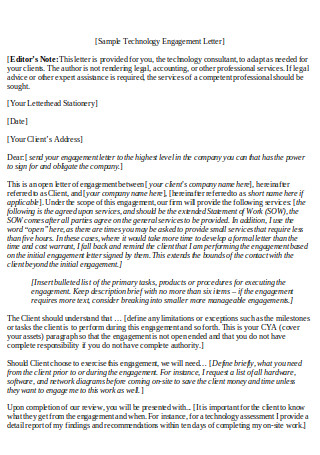
Sample Technology Engagement Letter
download now -
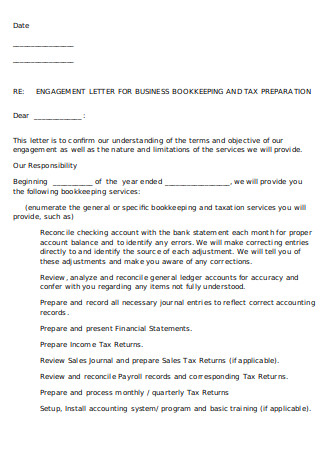
Bookkeeping Engagement Letter
download now -
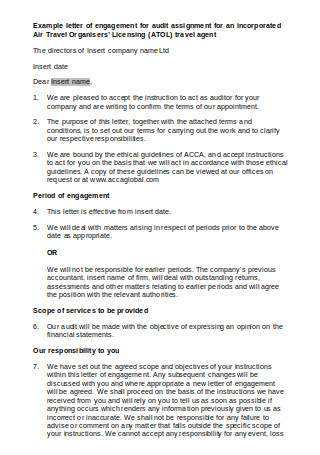
Example Letter of Engagement for Audit
download now -
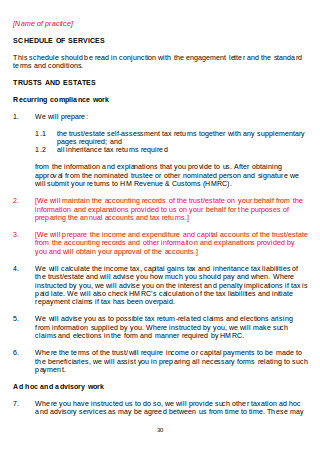
Engagement Letters for Tax Practitioners
download now -

Standard Engagement Letter
download now -
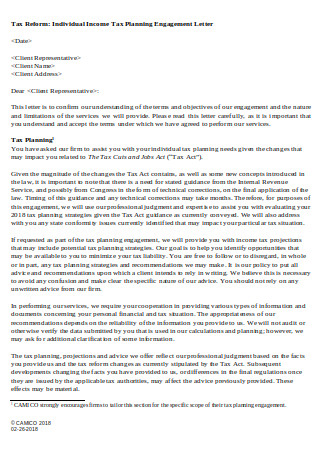
Tax Planning Engagement Letter
download now -
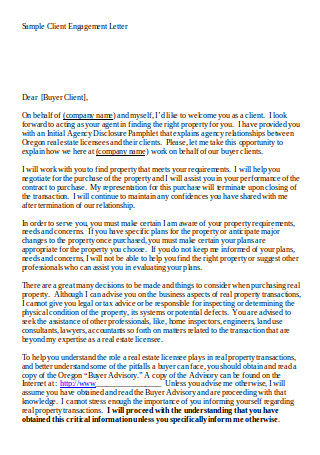
Sample Client Engagement Letter
download now -
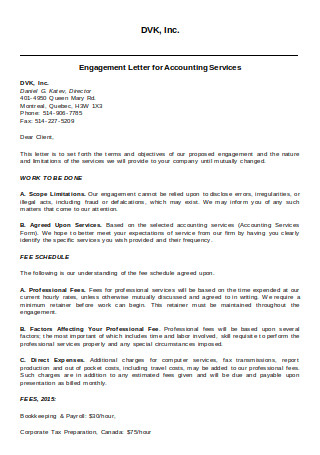
Engagement Letter for Accounting Services
download now -
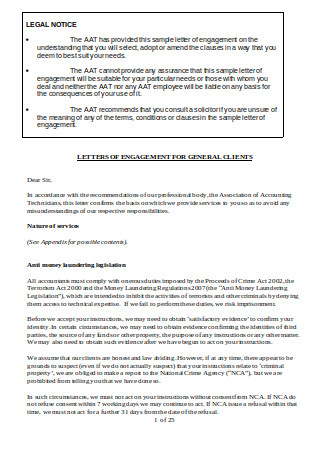
Letter of Engagement for General Clients
download now -
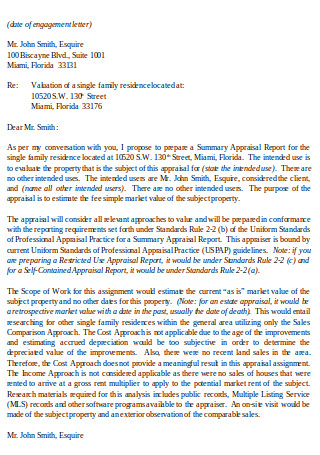
Date of Engagement Letter
download now -
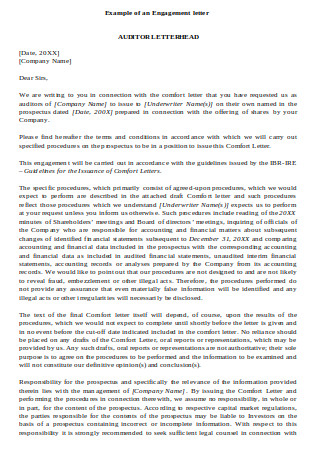
Example of Engagement Letter
download now -
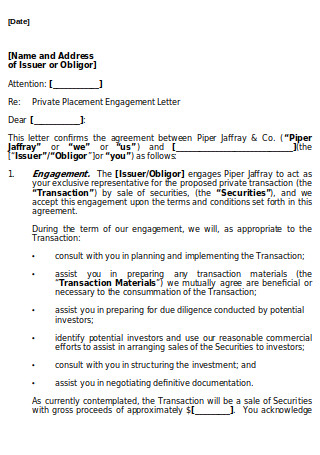
Form of Engagement Letter
download now -
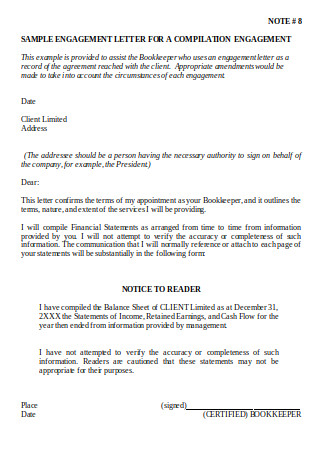
Sample Compilation Letter of Engagement
download now -
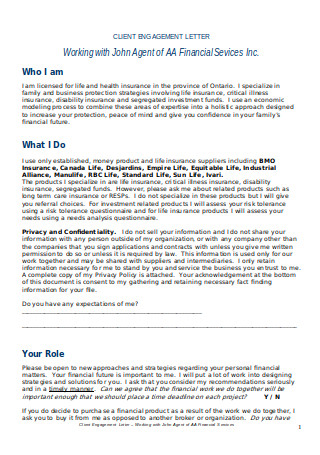
Simple Client Engagement Letter
download now -
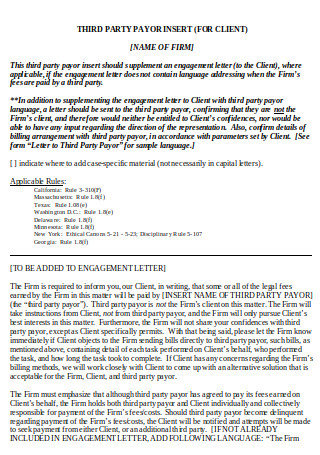
Basic Engagement Letter
download now -
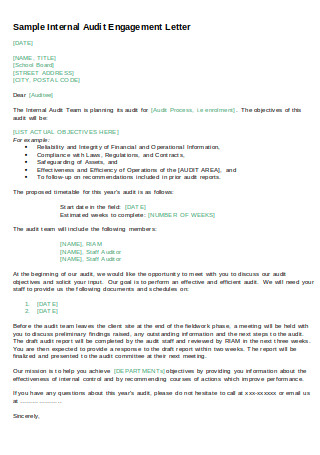
Sample Internal Audit Engagement Letter
download now -
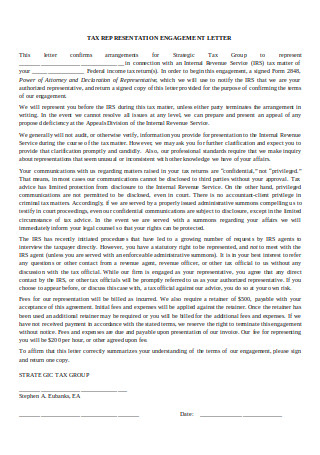
Tax Examination Engagement Letter
download now -
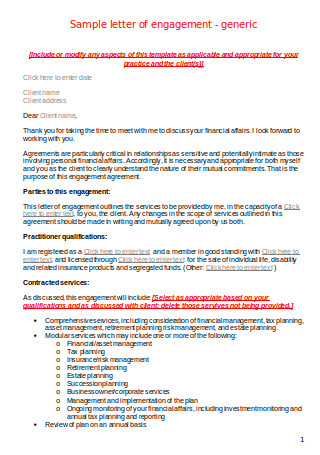
Sample Letter of Engagement
download now -
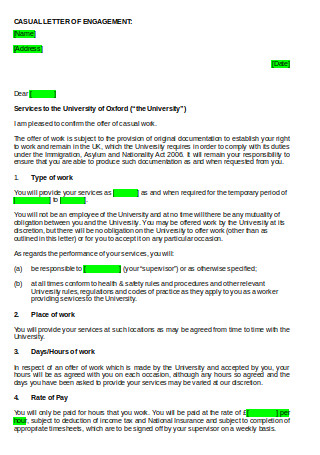
Casual Letter of Engagement
download now -
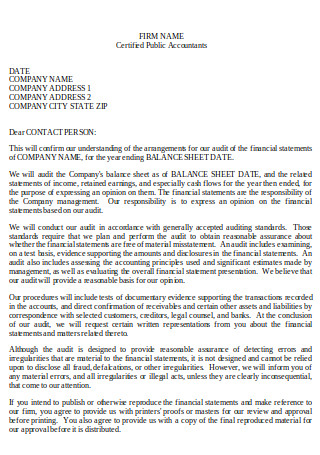
Audit Engagement Letter
download now -
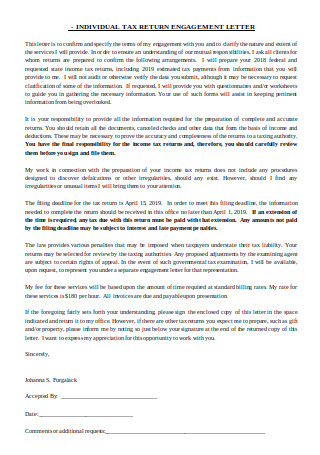
Individual Tax Return Engagement Letter
download now -
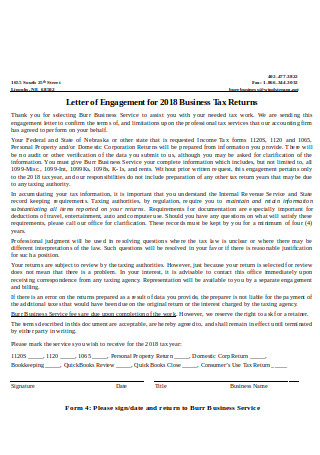
Corporate Engagement Letter
download now -
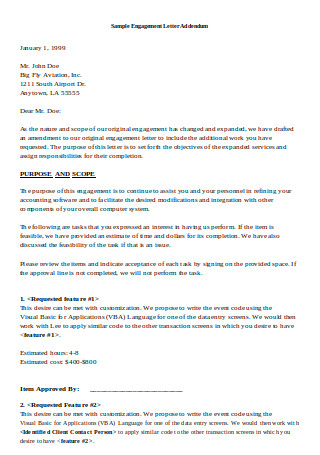
Sample Engagement Letter Addendum
download now -

Letter of Engagement in Word
download now -
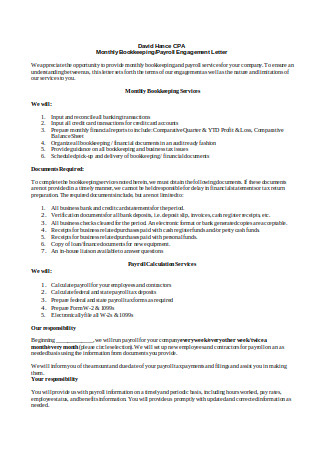
Engagement Letter for Payroll
download now -
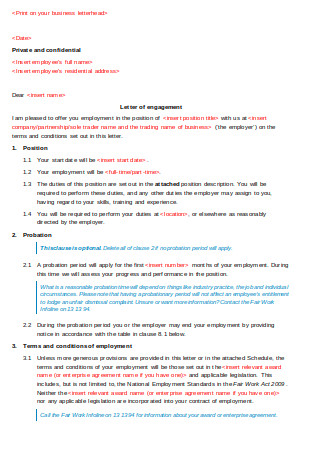
Letter of Engagement Template
download now -
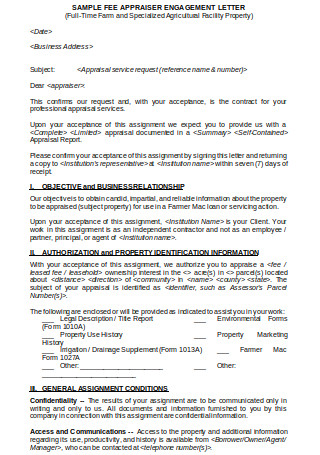
Sample Appraiser Engagement Letter
download now -

Simple Client Engagement Letter in PDF
download now -
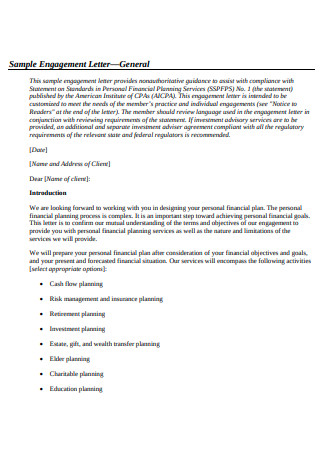
Sample General Engagement Letter
download now -
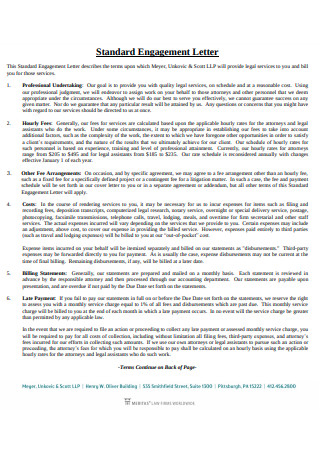
Standard Engagement Letter in PDF
download now -
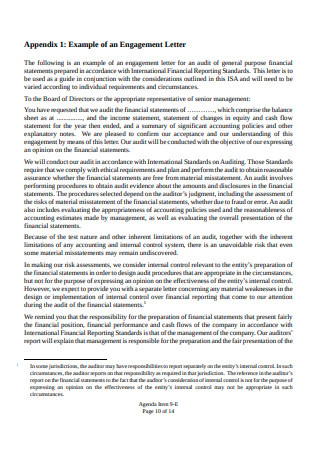
Example of an Engagement Letter
download now -
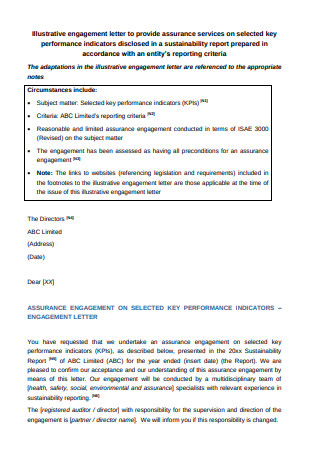
Illustrative Engagement Letter
download now -
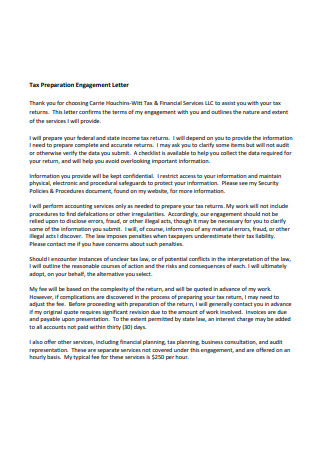
Tax Preparation Engagement Letter
download now -
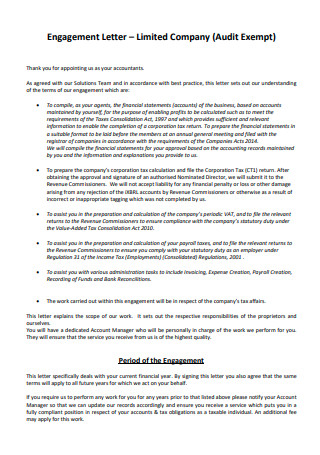
Engagement Letter for Exempt Co
download now -
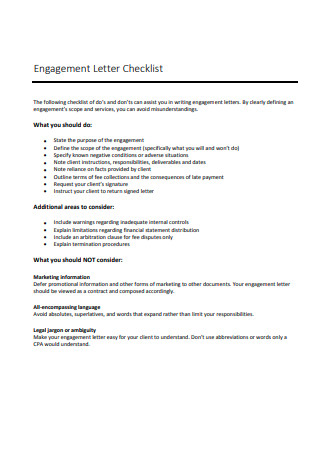
Engagement Letter Checklist
download now -
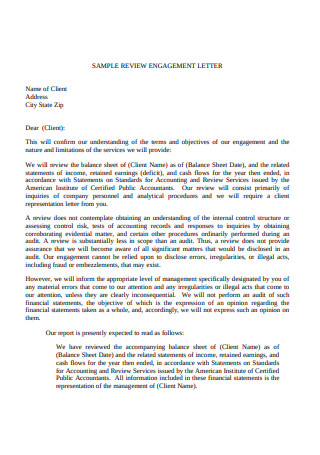
Sample Review Engagement Letter
download now -
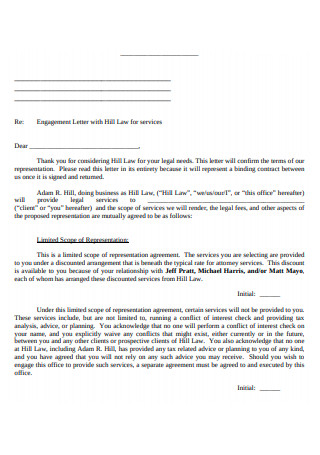
Package Engagement Letter with Letterhead
download now -
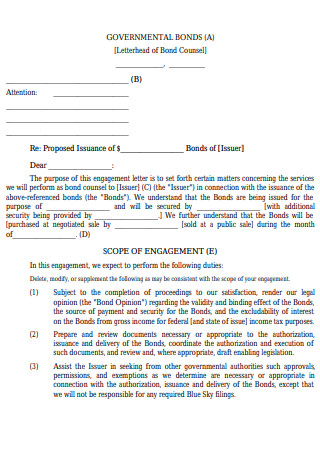
Model Engagement Letter
download now -
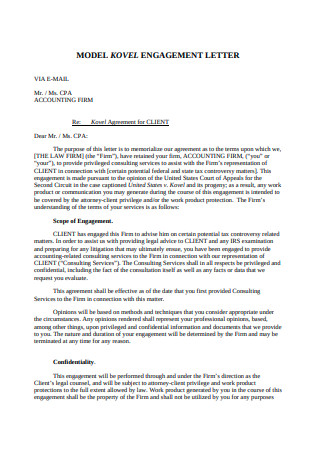
Model Kovel Engagement Letter
download now -
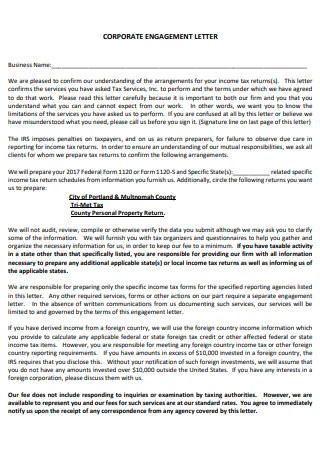
Sample Corporate Engagement Letter
download now
What are Engagement Letters?
As a professional, you wouldn’t find yourself in short supply of clientele. Small businesses often require professional services to assist them with accounting or legal functions. In finding one, they usually send business proposals that detail the roles they would be giving you. Once you finish reviewing the project and find yourself agreeing to their terms, then you can start your relationship with them by sending an engagement letter.
Engagement letters are documents that you send to your clients as a way of agreeing to render service to them. Investopedia likens engagement letters to business contracts in the sense that it has the same function as one, but they are less formal and do not use too much legal jargon. Professionals such as auditors, accountants, consultants, and lawyers often use these letters as an agreement to a proposal. It’s an integral part of your professional career. It describes the functions, description of the engagement, responsibilities, deadlines, the terms and conditions, and fees involved. It can also include details regarding possible third-party service providers if your firm needs it. Despite being less formal than a contract, it’s, nevertheless, legally-binding. The importance of engagement letters is emphasized differently in different professional aspects.
In law firms, attorneys have to provide an engagement letter to clarify the limitations of the service that they can offer to the client. For example, once a company hires a lawyer, he is obliged to represent them in court litigations. However, he may clarify in the engagement letter that his services are only limited to the company itself and not extended to its members. That condition means that even the CEO, himself, cannot ask for legal representation from that lawyer unless he hires the lawyer as his attorney.
In accounting, bookkeeping, and auditing, a company usually hires help from external auditors. The process is typically different in this case. Before the auditor can agree, the management has to send a representation letter first. A representation letter reassures the auditor that the financial or income statement of the company are true and accurate. Once the external auditor receives the representation letter, he then sends an engagement letter to the management detailing the activities that he will do during the time of the audit. Once received by the administration, they sign and send it back to the auditor. Though it’s not mandatory, a lawyer may recommend it. It serves as legal proof of the management agreeing to have their statements audited. For lawful purposes, it would be best to have your agreement or letter in writing.
What are the Advantages of an Engagement Letter?
Engagement letters are essential to your practice in the sense that it sets your client’s expectations on the services that you can offer throughout your relationship. It clearly defines the limits of the service that you will be doing. It also does the same thing for the professional. You can state in your letter what you expect from your client for you to perform the task entrusted to you. For accounting, it can mean full disclosure of financial statements and tax compliance. For legitimate functions, it can mean disclosure of all evidence and complete and honest disclosure of witness accounts. It can also mean the provision of specific software or resources that you don’t have. It also offers a platform for you to set your desired goals, and for your client to review these goals and refine or tweak it. The purpose of this would be to avoid or minimize what is known as a “scope creep.”
A “scope creep” refers to any uncontrollable changes in a project or task due to a lack of clear goals and limitations set by the client or professional. Over time, without clear boundaries, the scope of a professional’s responsibilities may get bigger, causing an increase in the resources and time spent on performing the task. Both lawyers and accountants fear to clarify the scope of their responsibilities. Most of the time, it’s because they believe that clients might get turned off upon seeing a lengthy engagement letter. Understandably, just seeing a thick business contract would make anyone feel exhausted. What more if you’re a regular citizen who’s not well-versed with the law? However, it’s best practice to clarify the scope of one’s responsibilities to avoid such detrimental situations, which could do more harm to you, as a professional, than good.
Aside from services and compensation, you can also discuss in your letter any arbitration for your relationship. Since professional services usually cater to multiple clientele, a conflict of interest is likely to happen. In this case, you can set your client’s expectation on how you’d like to resolve this kind of situation. That way, if the client starts questioning your actions, you can refer him to the engagement letter that you have both agreed upon. With that, it also clarifies any possible misunderstandings between you and your client. The client doesn’t have to remember everything in the letter. If future questions arise, the answer already lies in the document.
What If I Want to Decline a Proposal?
We all have a right to say “no.” That’s the beauty of free will. But sometimes, you have to spell it out to make it understandable. In the case of professional services, you have to send a different kind of letter to your client to clarify that you don’t want to render your services to their company. A non-engagement letter is a formal way of explaining your declination to provide services. It’s essential to send a non-engagement letter just as it’s essential to submit an engagement letter.
It’s always in human nature to assume that if there is no response, it usually means “yes.” But when the time comes that your client requires your services, whether you like it or not, you are required to provide them. Otherwise, you would be facing severe legal consequences. This instance is more evident in law firms. Usually, when lawyers don’t directly communicate with their clients regarding citations, they lead their clients to believe that they will be representing them in court or protecting their assets. In cases like this, clients can charge their lawyers with malpractice.
How To Draft an Engagement Letter
We define engagement letters as a confirmation of a proposal or agreement. Since it’s a legally-binding document, it’s essential to be mindful of what provisions to include in it. However, since it’s a friendlier version of a contract, it’s relatively easier to draft one, and it doesn’t strictly follow any prescribed format. Take a look at our step-by-step process on how to write a proper engagement letter. At the same time, you can also check our ready-made engagement letter templates for reference or use. Jeff Clements of Chron breaks down the procedure in writing an engagement letter into five easy steps:
Step 1. Lay Down the Scope of Your Service
When writing an engagement letter, you would want to be clear what type of service you will be doing and to what extent. You don’t want to fall into the trap of scope creep. Specify your responsibilities and the activities that you’ll be doing within the duration of your contract. It’s important to state, as well, any possible changes to your services if in case the need for it arises. Clarify, as well, the limitations and exclusions of your service to reduce your professional liability.
Step 2. Set a Timeline for Your Service
Perusing through financial records and conducting an investigation may require you to render weeks or months of service. To set your client’s expectations on when the results can be produced, it’s crucial to set a realistic timeline of when your service will be finished. Your length of service will also determine the fee that the company will give you.
Step 3. State the Fee or Compensation
Upon discussing the fees, it’s essential to include different billing rates (hourly or daily) for many staff who will be participating in the business transaction. If you forecast that you may be making out-of-pocket expenses, include in the letter that you’ll be securing the receipts and properly liquidating the costs so your client can cover it. Payment timing can be either weekly or monthly. You can also give them the option to pay you in installments.
Step 4. Discuss Binding Arbitration
You should prepare for possible conflicts of interest. Thus, include in your letter any legally-binding arbitration. For any dispute or violation, litigations can happen. In this case, you can refer to the arbitration clause stated in the engagement letter for the basis in resolving the dispute.
Step 5. Get It Signed
A signature is a potent piece of evidence in court litigation. Thus, it’s essential to get your client to sign and date the engagement letter as proof that they have read the terms and conditions and with them. It proves that the client acknowledges the clauses stated within it.
Like a management contract, engagement letters come in handy in cases when outside help is required. A country’s economy thrives by exchanging services and goods. Small business owners hire accountants to audit their financial statements. In turn, these accountants buy products from supermarkets and malls for their daily needs. Supermarkets, then, go to small and medium businesses to procure supplies and restock their inventory. It’s a never-ending cycle of buying and selling, of exchanging goods and services. The lifeblood of an administration relies on the symbiotic relationship of the people living in it. Ironic as it is, for us to start living harmoniously in these modern times, we need to set clear rules and boundaries expressed in the form of contracts and agreements. In this fast-paced environment where things can get confusing, and people can easily deceive each other, they help iron out these confusions and resolve conflicts and disputes.
